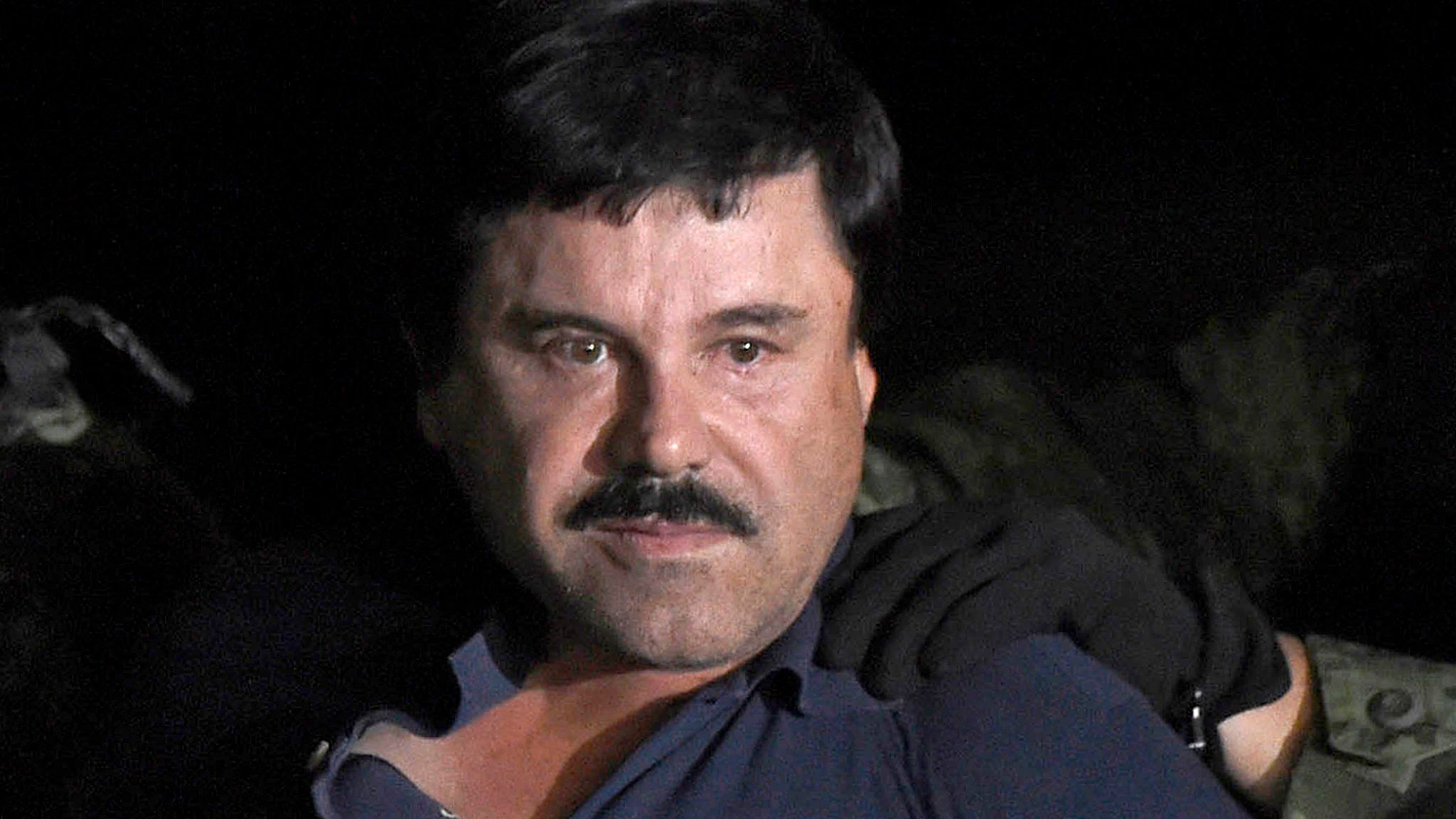[ad_1]
Columnists
Child protection must go beyond statutory system
Sunday, May 19, 2019 21:00
By CHEGE NGUGI |

In spite of the legislative, policy and other initiatives to protect children from violence in Kenya, our young ones continue to face physical, sexual, emotional and other forms of abuse.
Every day, media reports paint a picture of widespread violence against children. For example, cases of Female Genital Mutilation (FGM) are still rampant despite efforts by government and various NGOs to end the vice.
The story of 14-year-old Jelida from Meru who died from complications linked to FGM is still fresh in our minds. Not to mention the alarming number of girls who could not sit for their 2018 Kenya Certificate of Primary Education examinations due to pregnancy.
Even more shocking are findings of studies such as the 2015 study by the Kenya Catholic Secretariat, which revealed that violence against children is often perpetrated by people closest to them, who ideally should be protecting them such as parents and teachers.
Most incidents of violence against children go unreported and unrecorded.
They remain hidden for many reasons including fear, stigma, social acceptance and a lack of awareness on where and how to report such cases.
Based on various findings, community-driven responses for child protection yield far much better results than externally initiated efforts.
Child protection systems can only achieve maximum effectiveness when the immediate community level system is vibrant. A child needs to first feel safe at home, and then be enabled to enjoy the support and care of the extended community.
No matter its cultural, economic or social background, every community can prevent violence against children. This entails being well connected with statutory child protection systems and establishing strong community level networks.
Arresting perpetrators is not enough. And so is strengthening mechanisms for evidence preservation and prosecution.
We should go a step further and work on transforming community mindsets, attitudes, beliefs and practices towards violence against children. It is critical to give children and caregivers, information and skills necessary to prevent and respond to violence.
This will enhance reporting and improve their capacity to seek appropriate services and support when violence occurs.
Based on this rationale and building upon our extensive experience working with community-based mechanisms across 26 counties, strengthening well-connected and skilled teams of community child protection champions to create awareness and facilitate participation in preventing and responding to children harms can achieve better results.
This approach complements government’s efforts towards establishing strong community mechanisms for child protection and enhancing caregiver’s knowledge and skills on child rights as well as well-coordinated reporting and referral mechanisms.
We must pool efforts and recognise that protecting children is not simply a matter for statutory protection systems but a responsibility for all.
The writer is Country Directo ChildFund Kenya.
[ad_2]
Source link
Kenyan Business Feed is the top Kenyan Business Blog. We share news from Kenya and across the region. To contact us with any alert, please email us to [email protected]












